How do swivel joints work?
Swivel joints (also called rotary unions, rotary joints, rotating joints) serve as critical interfaces in modern industrial systems, enabling leak-free transfer of fluids, gases, and electrical signals between stationary and rotating components. They are critical components in mechanical systems that require the transfer of fluids, gases, or electrical signals between stationary and rotating parts. Their ability to accommodate rotational motion while maintaining a sealed connection makes them indispensable in industries like manufacturing, robotics, aerospace, and energy. These precision-engineered devices support operations in environments ranging from offshore drilling platforms to pharmaceutical production lines. In this comprehensive guide, we’ll explore how swivel joints work, their design variations, and practical applications.
In many industrial systems where fluids, gases, or semi-solids must move through rotating or moving equipment, swivel joints (also known as rotary joints or rotary unions) play a crucial role. They enable smooth, leak-free transfer of media between stationary and rotating components.
Understanding how swivel joints work is essential for engineers, maintenance teams, and procurement specialists who aim to improve system performance, extend service life, and prevent costly downtime. This guide will explore the design, working principle, key components, and real-world applications of swivel joints—giving you both a technical and practical understanding of their operation.
1. What is a Swivel Joint?
A swivel joint is a mechanical device that allows rotational movement between two parts while maintaining a secure and sealed pathway for the transmission of fluids or gases.
These joints are commonly found in hydraulic systems, chemical processing equipment, petrochemical pipelines, food and beverage machinery, and marine and offshore platforms.
Unlike static fittings, a swivel joint can rotate 360°, preventing hose twisting, reducing wear, and enabling smoother motion in dynamic piping systems.
1.1 Key Components of a Swivel Joint
A typical swivel joint consists of several key components, each playing a vital role in its operation:
Housing: This is the outer shell of the swivel joint, which provides structural support and protection for the internal components. The housing is usually made from durable materials like stainless steel, brass, or other alloys that can withstand high pressures, temperatures, and corrosive environments.
Bearing Assembly: The bearing assembly allows for smooth rotational movement between the two connecting parts. Depending on the application, bearings can be ball bearings, roller bearings, or sleeve bearings. The choice of bearing type depends on factors such as load capacity, speed, and environmental conditions.
Sealing Mechanism: Seals are critical in preventing leaks of the fluid or gas being transferred. Swivel joints employ various sealing technologies, including O-rings, lip seals, and mechanical seals. These seals are strategically placed to ensure that the media remains contained within the joint, even during rotation.
Swivel Nut/Male Adapter: This component connects to the stationary part of the system and provides a pathway for the media. It is designed to mate with the rotating part, ensuring a secure and leak-proof connection.
Rotating Tube/Female Adapter: This part connects to the rotating component and aligns with the swivel nut to facilitate the transfer of media. The design ensures minimal friction and wear during rotation.
Retention Mechanism: Some swivel joints include a retention mechanism to prevent accidental disconnection. This could be a threaded connection, a quick-connect coupling, or a locking mechanism, depending on the application requirements
1.2 Key Objective
Swivel joints serve two primary functions:
Continuous Media Transfer: Enable the flow of liquids (e.g., water, oil, coolant), gases (e.g., compressed air, steam), or electrical signals between fixed and rotating parts.
Accommodate Motion: Allow rotational movement (360° continuous or limited) and angular misalignment (typically ±15°) without interrupting the media transfer.
2. How Do Swivel Joints Work?
The fundamental principle behind a swivel joint is rotational sealing under pressure. It connects a stationary supply line to a rotating component (for example, a drum, arm, or reel), allowing fluid or gas to pass through without leakage—even when under high pressure or speed.
Step-by-Step Working Process:
-
Media Inlet:
The fluid (such as oil, water, air, or steam) enters the joint through the stationary housing. -
Rotating Interface:
Inside the joint, the media passes through a central passage connected to a rotating spindle or elbow, which moves freely on precision bearings. -
Sealing Mechanism:
A mechanical seal, often made from carbon, ceramic, or PTFE, ensures that the interface between the rotating and stationary parts remains tight and leak-free. -
Rotation and Pressure Balance:
The bearings allow smooth rotation while maintaining consistent pressure, ensuring that the fluid flows efficiently without turbulence or leakage. -
Media Exit:
Finally, the media exits through the rotating outlet, continuing its path to the next stage of the system.
In short, swivel joints convert static connections into dynamic connections—allowing movement and flexibility without compromising system integrity.
3. Types of Swivel Joints
Swivel joints are categorized based on their application, media type, and design complexity:
3.1 Hydraulic Swivel Joints
Function: Transfer hydraulic fluid under extreme pressure (up to 5,000 psi).
Applications: Excavators, CNC machines, and heavy machinery.
Key Features: Reinforced seals, hardened steel construction.
3.2 Pneumatic Swivel Joints
Function: Transmit compressed air or gases.
Applications: Automated assembly lines and pneumatic drills.
Advantages: Lightweight, low-friction seals for energy efficiency.
 3.3 Coolant Swivel Joints
3.3 Coolant Swivel Joints
Function: Deliver coolant (water, oil, or emulsion) to machining tools.
Applications: CNC lathes, milling machines.
Design: Multi-passage configurations for simultaneous coolant and air supply.
3.4 Electrical Swivel Joints (Slip Rings)
Function: Transmit electrical power or signals alongside fluids.
Applications: Wind turbines, robotics, MRI machines.
Design: Integrated slip rings for electrical continuity and fluid channels.
3.5 High-Speed Swivel Joints
Function: Operate at 10,000+ RPM.
Applications: Aerospace turbines, centrifuges.
Key Features: Precision-balanced components and ceramic bearings.
3.6 Multi-Axis Swivel Joints
Function: Allow movement in multiple planes (e.g., rotation + tilting).
Applications: Robotic arms, underwater ROVs.
4. Key Applications of Swivel Joints
Swivel joints are used in a wide range of applications, including:
4.1 Hydraulic Systems
In hydraulic machinery, swivel joints allow for the transfer of hydraulic fluid between rotating components, such as in excavators, cranes, and robotic arms.
4.2 Aerospace and Defense
In aircraft and spacecraft, swivel joints are used in fuel systems, environmental control systems, and hydraulic actuators, where they must withstand extreme conditions and high reliability requirements.
4.3 Marine and Offshore
In marine applications, swivel joints are used in shipboard systems, offshore drilling platforms, and subsea equipment, where they must resist corrosion and high pressures.
4.4 Automotive
Automotive systems use swivel joints in power steering, fuel delivery, and exhaust systems to transfer fluids or gases between rotating parts.
4.5 Oil and Gas Industry
Drilling equipment uses swivel joints to maintain a fluid-tight connection for mud circulation while rotating. They provide flexible connections in pipelines, accommodating movement or thermal expansion.
4.6 Agriculture
Swivel joints are crucial in center pivot and linear irrigation systems, allowing sprinklers to rotate and distribute water evenly over crops.
4.7 Food Processing
Swivel joints can be found in food processing plants where they help convey products through various stages of production while keeping the machinery clean and operational.
5. Benefits
Maximize Efficiency: Streamlines fluid transfer processes, enhancing system efficiency and productivity by maintaining optimal operating conditions.
Reduce Maintenance Costs: Long-lasting seals and durable materials significantly reduce the need for frequent maintenance and replacements, lowering overall operational costs.
Enhance Safety: Leak-free operation and reliable fluid handling capabilities ensure safe and efficient operation, protecting both personnel and equipment.
Improve Reliability: Designed to minimize downtime with its robust construction and reliable performance, ensuring continuous operation even under extreme conditions.
6. Design Considerations for Optimal Performance
6.1 Sealing Efficiency
The sealing mechanism represents the most critical aspect of a water rotary union’s performance. High-quality units maintain complete leak-tightness under varying conditions, preventing fluid loss and ensuring consistent operation. Engineers must consider factors such as pressure, temperature, media characteristics, and rotational speed when designing or selecting appropriate seal technologies
6.2 Durability Factors
Several factors influence the longevity and reliability of water rotary unions:
Material selection: Corrosion-resistant materials, such as stainless steel, are essential for water applications.
Bearing quality: Precision bearings reduce wear and maintain proper alignment throughout the device’s lifespan.
Seal design: Advanced seal technologies maximize sealing efficiency while minimizing friction and wear.
Manufacturing precision: Tight tolerances and proper alignment of all components ensure smooth operation and minimize premature failure.
6.3 Pressure and Speed Limitations
Every water rotary union has specific operational limits regarding pressure handling and rotational speed. These limitations vary based on design, size, and intended application.
Standard industrial water rotary unions typically operate in the 0-300 RPM range, though specialized units can achieve much higher speeds. Pressure ratings likewise vary significantly, with some high-performance units capable of handling up to 1300 bar (20,000 psi).
Engineers must carefully match the rotary union’s capabilities to the application requirements, as exceeding these limits can result in premature failure, leakage, or catastrophic damage.
6.4 Media Type
The nature of the fluid or gas being transferred can affect material compatibility. Corrosive or abrasive media may require the use of specialized materials or coatings to protect the internal components.
6.5 Environmental Conditions
Exposure to harsh environments, such as extreme temperatures, moisture, or contaminants, can degrade the performance of swivel joints. In such cases, additional protection, such as protective covers or corrosion-resistant materials, may be necessary.
7. Performance Optimization and Maintenance
7.1 Predictive Maintenance Framework
Continuous Monitoring: Vibration analysis and thermography for early fault detection.
Condition-Based Servicing: Seal replacement at 80% wear threshold, bearing regreasing.
Failure Mode Mitigation: Stress analysis for fatigue prediction, tribological coating upgrades[5].
7.2 Best Practices for Installation and Operation
Alignment Checks: Ensure ≤0.1mm misalignment via laser alignment tools.
Pressure Testing: Conduct quarterly tests at 1.5x operating pressure.
Lubrication: Use manufacturer-specified greases for bearings[5].
8. Choosing the Right Swivel Joint
Key Selection Criteria
8.1 Fluid Properties:
Corrosive fluids → Hastelloy construction
High-temperature liquids → Graphite seals
8.2 Rotational Speed:
<500 RPM → Ball bearings
1000 RPM → Magnetic bearings
8.3 Environmental Factors
Explosive environments → ATEX-certified models
High humidity → Electroplated finishes
9. Challenges and Failure Modes
9.1 Seal Wear
Abrasive media or misalignment accelerates seal degradation, leading to leaks.
9.2 Bearing Failure
Contamination (e.g., dirt ingress) or inadequate lubrication causes overheating.
9.3 Pressure Surges
Sudden spikes in pressure can deform seals or housings.
10. Innovations and Future Trends
10.1 Smart Swivel Joints
IoT Integration: Sensors monitor pressure, temperature, and wear in real time.
Predictive Maintenance: Alerts for seal replacement before failure.
10.2 Eco-Friendly Designs
Leak-Proof Seals: Minimize fluid waste in hydraulic systems.
Recyclable Materials: Sustainable alloys for reduced environmental impact.
10.3 Advanced Materials
Ceramic Composites: For high-temperature, corrosive environments.
Carbon Fiber: Lightweight yet durable for aerospace applications.
Conclusion
How do swivel joints work? The working principle of swivel joints hinges on the seamless integration of precision sealing, bearing-supported rotation, and angular flexibility. By channeling media through leak-proof pathways while accommodating mechanical motion, these devices enable critical operations in industries ranging from heavy machinery to medical robotics. Understanding the interplay between components—stationary housing, rotating shaft, seals, and bearings—empowers engineers to optimize performance, select appropriate materials, and implement maintenance strategies that extend operational lifespan.
For extreme applications, advancements in smart sensors, advanced materials, and hybrid designs (e.g., electro-hydraulic swivel joints) continue to push the boundaries of what these versatile devices can achieve.
Swivel joints are indispensable in applications requiring continuous fluid transfer between stationary and rotating components. Their precision engineering ensures reliable, leak-free operation, making them a critical component in various industrial processes. Whether you’re in heavy machinery, manufacturing, automotive testing, or any other demanding field, swivel joints provide the performance and reliability needed to excel.
Swivel joints represent a cornerstone of modern industrial fluid transfer systems, offering flexibility, reliability, and efficiency across diverse applications. As technology advances, these devices will continue to evolve with innovations in materials science, smart monitoring, and sustainable design.
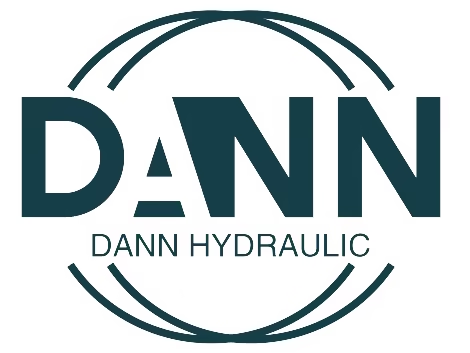
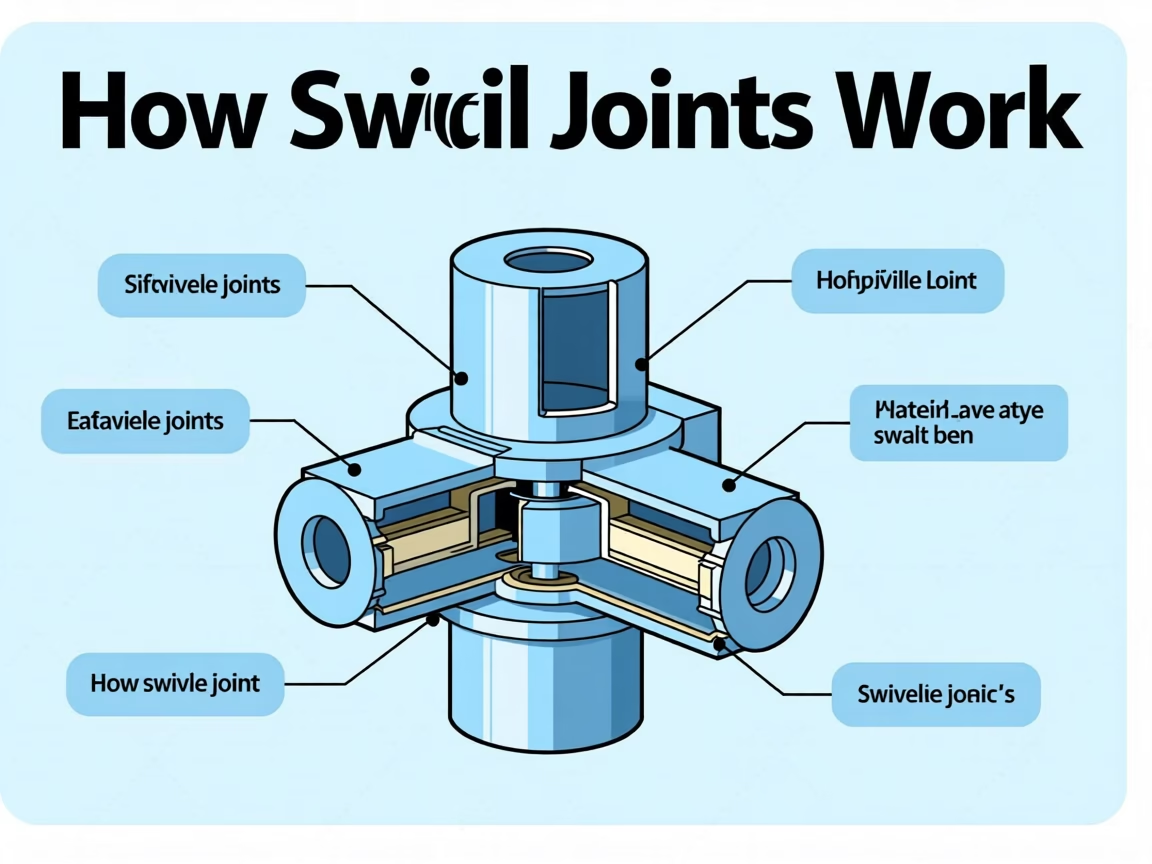



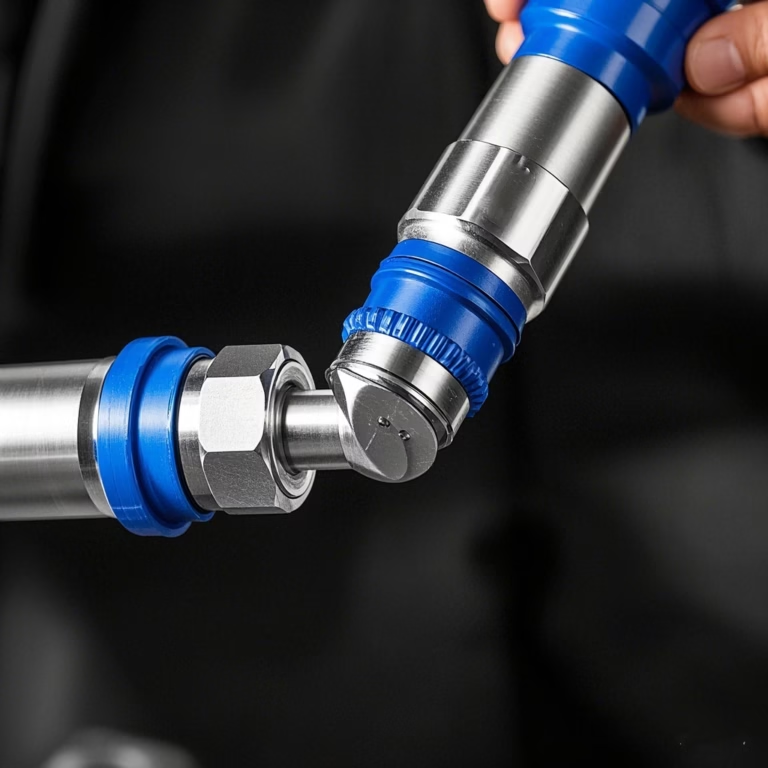
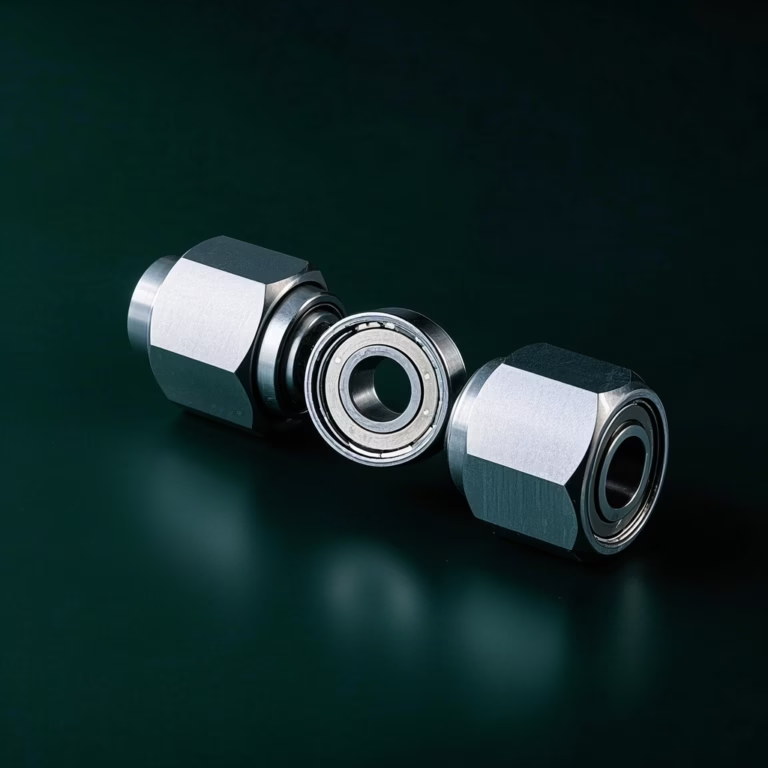
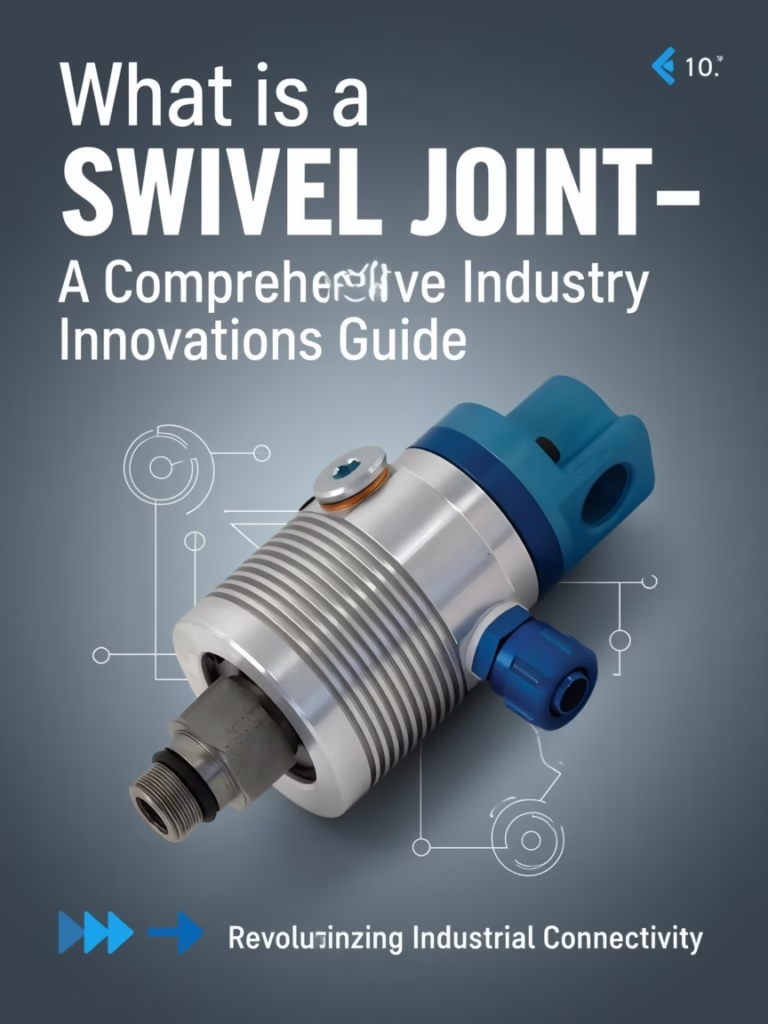
One Comment